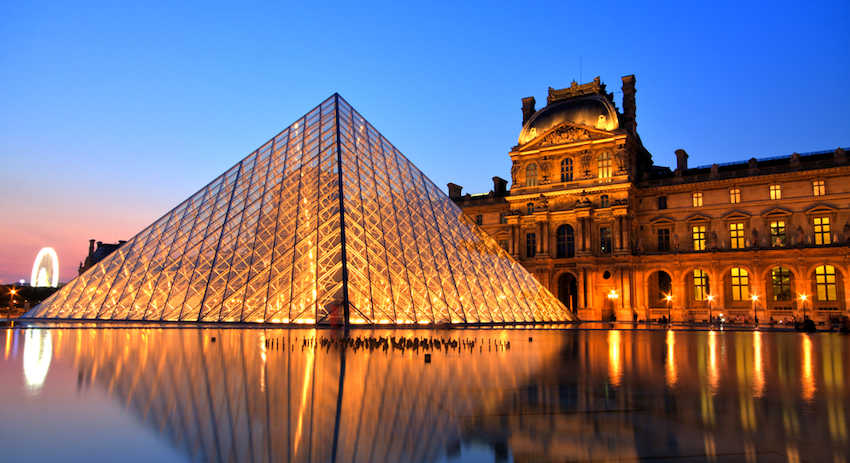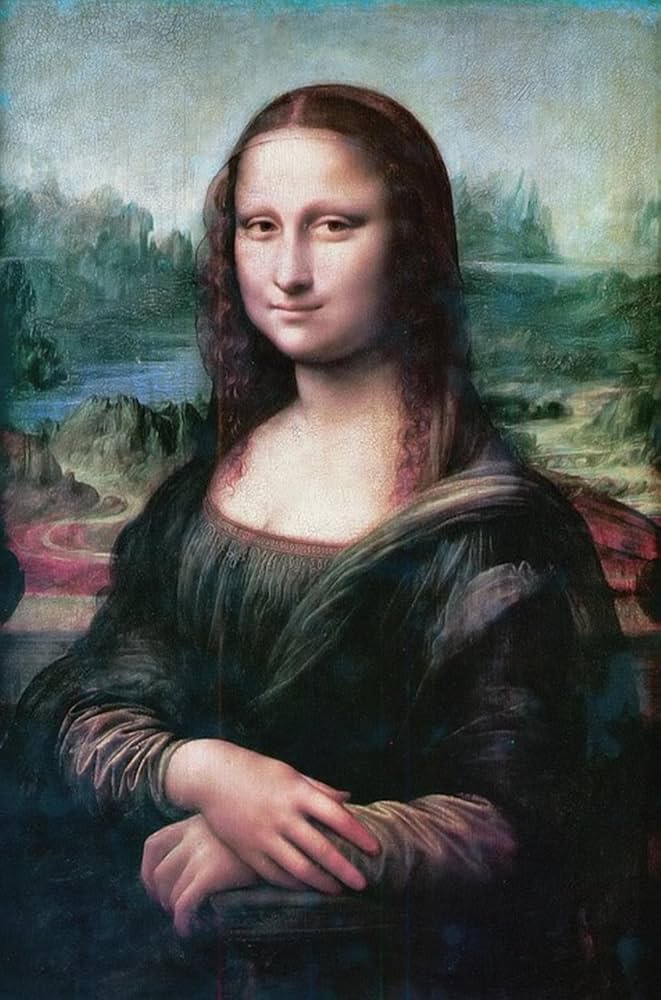
Escape with the Louvre and delve into some of the most diverse collections of art that celebrate both beauty and history
History of the Louvre
The Louvre, a national art museum and gallery, is located in part of a large palace in Paris that was built on the right-bank site of the 12th-century fortress of Philip Augustus. It is the world’s most-visited art museum, with a collection that spans work from ancient civilizations to the mid-19th century. After Louis XIV moved his court to Versailles in 1682, the Louvre was no longer a royal residence; this opened the door for it to become a public museum. The comte d’Angiviller helped build and plan the Grande Galerie and continued to acquire major works of art. In 1793 the revolutionary government opened to the public the Musée Central des Arts in the Grande Galerie. Under Napoleon the Cour Carrée and a wing on the north side along the rue de Rivoli were built. In the 19th century two major wings, their galleries and pavilions extending west, were completed, and Napoleon III was responsible for the exhibition that opened them.
The Mona Lisa's Smile
Mona Lisa’s famously enigmatic smile has fascinated people for centuries. In 1518, King François I invited Leonardo da Vinci to France and bought the painting from him. This work has been shown at the Louvre since the French Revolution, and is now known as the world’s most famous painting.
See, Feel, Experience: Our Top Picks
The Mona Lisa | Leonardo da Vinci
1503
Oil Panel Painting

The painting depicts Lisa Gherardini, wife of the Florentine silk merchant Francesco del Giocondo, and is often referred to by her Italian name La Gioconda, or her French name La Joconde. Painted against a distant landscape, she stares out at the viewer with her famously elusive smile. Leonardo da Vinci’s also incorporates an sfumato technique, based on the use of glazes to create a smoky effect with subtle contours and contrasts. The sitter is turned towards the viewer in a natural movement that brings the painting to life.
Since 2005, the Mona Lisa has been exhibited in the centre of Salle des États, the largest room in the palace. The Salle des États, designed by the architect Hector Lefuel, was built between 1855 and 1857.
During the Second Empire, it accommodated major legislative sessions presided over by Napoleon III, who insisted on a lavish painted decoration to the glory of the Empire.
After his fall from power in 1870, the room became part of the museum and was used to display 19th-century French painting. At the beginning of the Third Republic, the architect Edmond Guillaume adapted the room to suit its new purpose: the windows were sealed off to make more room for the artworks and a glass ceiling was added.